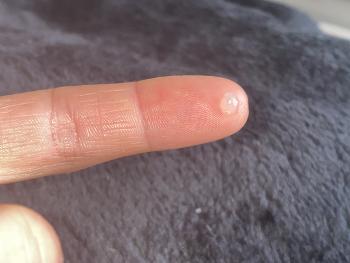


Viruses that damage respiratory lining cells also damage cilia, so a runnier mucus layer is more easily propelled. The amount of mucus and watery liquid is increased to flush away infection, irritants or allergens. Mucus assists in fighting infection when white blood cells and antibodies are excreted into the mucus film. The nose produces over 100 millilitres of mucus a day and the lungs produce approximately 50 millilitres daily. Mucus from the lungs is sometimes termed “phlegm”, and then “sputum” once it has been spat out. Lung airways also have cilia, working hard to move mucus uphill against gravity.

Cilia beat at ten to 12 times per second, propelling mucus at one millimetre per minute. Many cells lining the airways have a long, tail-like hair, called cilia. The mucus carries with it dead cells and other dust and debris, ending up in the stomach for recycling. Mucus is constantly produced (although in lesser quantities during sleep) and moved along. The blood flow to the nose varies with changing outside temperature, acting like a reverse-cycle air conditioner for the lungs. The turbulent airstream means 80% of particles are filtered here, so the adhesive properties of mucus are vital. Anatomy of the airwaysīoth nasal cavities combined have a surface area of 150 square centimetres, aided by bony folds on their side walls. However, the pore size of the gel mesh means small viruses can easily penetrate it. The solid gel layer acts as a physical barrier to most pathogens and the constant flushing movement prevents the establishment of bacterial biofilms. Mucus strands form cross links, producing a sticky, elastic gel. Mucin droplets absorb water and swell several hundred times in volume within three seconds of release from mucus glands. Mucus is 95% water, 3% proteins (including mucin and antibodies), 1% salt and other substances. Here, though, we’ll focus on the airways. Every moment of our lives mucus is protecting our internal organs, including the sexual organs and bowels. We tend to notice mucus only when it’s abnormal and the sticky fluid is expelled from orifices.


 0 kommentar(er)
0 kommentar(er)
